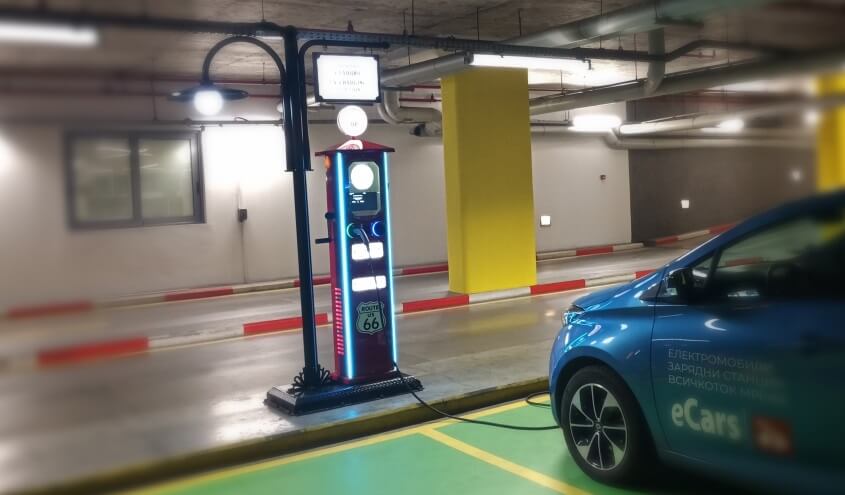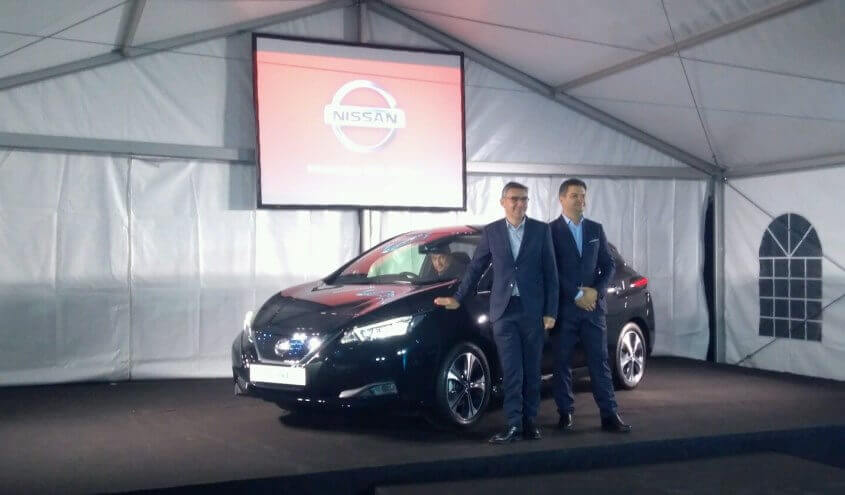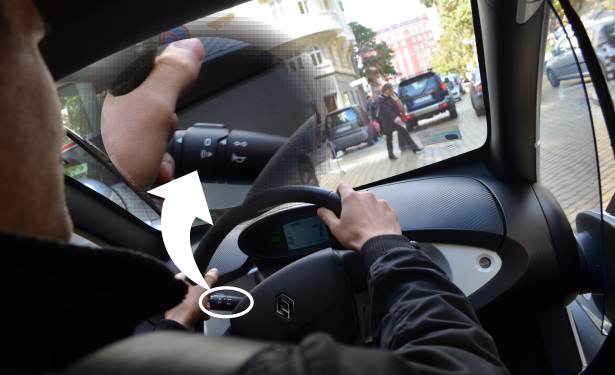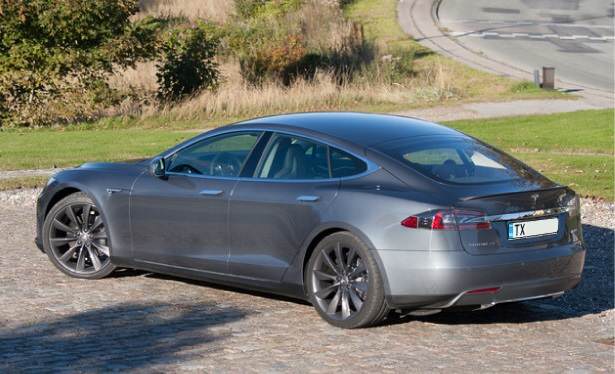In this blog: So, it's official – EVs will make some noise by default from 2019 on.There's something new, however, that we want to share. Thanks to one of our readers and a forum regular, we've got some news – EV noise indeed is getting mandatory, but we'll be able to switch it off...
So our guy Peter Stoychev thought he wanted to express his view on this new EU regulation and sent a letter to the Commission, which was already discussed in the forum.
In his letter Peter disagrees with the newly voted regulatory measure that makes EV noise at low speeds mandatory starting 2019. The measure tries to ensure pedestrians safety, especially those with hearing or visaul disabilities.
The Commission responded and you'll find the full text below, but here a paragraph, that catched our eye:
The system can be switched off if Member States or local authorities want to forbid the use of such systems in some areas.
We couldn't find this specific bit it in the documents Commission and Parliament voted on, so asked Peter to request some further explanation.
Now here's the original Commission response, before we got the to specifics.
Dear Mr Stoychev,
Thank you for your email on the Regulation on vehicle noise and acoustic vehicle alarm systems (AVAS).
The new Regulation on vehicle noise was recently adopted by the Council and the European Parliament. It should now be published in the coming days. In the meantime you can have a look at the Council position sent to the Parliament for vote in second reading. Since this document was adopted by the Parliament with no amendment, the final text to be published should be with the same content.
eur-lex.europa.eu/legal-content/EN/TXT/?...4.082.01.0001.01.ENG
The harmonized requirements on AVAS may be found in Annex VIII to the regulation. This Annex defines under which conditions such systems shall be used: type of sound (i.e. like a petrol car ), minimum/maximum level of the systems, when it shall be triggered (i.e. only at low speed <20 km/h in the context of urban driving) when it shall be cut (i.e. above a 20 km/h), etc. The system can be switched off if Member States or local authorities want to forbid the use of such systems in some areas.
The initial Commission’s proposal did not require the mandatory fitting of AVAS on electric/hybrid vehicles but only proposed harmonized requirements for the approval of such systems if fitted. The legislator (Council and Parliament) decided to mandate the fitting of AVAS on electric/hybrid vehicles (see article 8) after a transitory period (from 1 July 2019).
As requested by Article 8 of the Regulation, the Commission will review the requirements of Annex VIII to make it more precise and to take into account the work currently going on in the World Forum on vehicle Regulation of the UNECE (United Nation Economic Commission for Europe). This group is developing a global technical Regulation on AVAS involving all the main players (USA, China, India, Japan, Russia, Korea).
In addition, as part of the review of the requirements of Annex VIII the Commission shall also study the potential of other alternative systems, such as active systems (e.g. pedestrian detection) for the protection of vulnerable road users in urban areas, such as blind, visually impaired and aurally challenged pedestrians, cyclists and children.
Best regards,
Philippe JEAN
Head of Unit
Unit B.4 – Sustainable Mobility and Automotive Industry
So the little "catch" is in the Annex VIII and as it turns out, Peter already quoted it in the forum. It's part of the definitions, but at first we didn't think of it this way. Now on the definitions:
First:
(a) Sound generation method
The AVAS shall automatically generate a sound in the minimum range of vehicle speed from start up to approximately 20 km/h and during reversing. Where the vehicle is equipped with an internal combustion engine that is in operation within the vehicle speed range defined above, the AVAS shall not generate a sound.
For vehicles having a reversing sound warning device, it is not necessary for the AVAS to generate a sound whilst reversing.
Second (which came as clarification from the Commission and made us realize it's actually the "loophole"):
(b) Switch
The AVAS shall be fitted with a switch which is easily accessible by the vehicle driver in order to allow engaging and disengaging. Upon restarting the vehicle, AVAS shall default to the switched on position.
Let's summarize then:
From 2019 on all EVs:
- Will be fitted with an audible alert system, generating some sound at speeds below 20 km/h;
- The system will be ON by default every time an EV starts;
- Once the EV is started we'll be able to switch the system off.
It may be kind of boring to have to switch it off every time... Actually, right now we're in a similar situation – most of todays EVs have an audible alert system as well, but it's not always ON by default as it's not mandatory. You just activate it manually as we do in our Renault Twizy (probably needed to do it 3 times in 4 months.)
As we understand the Council made no changes to the proposed text, so this is how the regulation will look like in its final version. If something new pops up, we'll update this blog accordingly.












